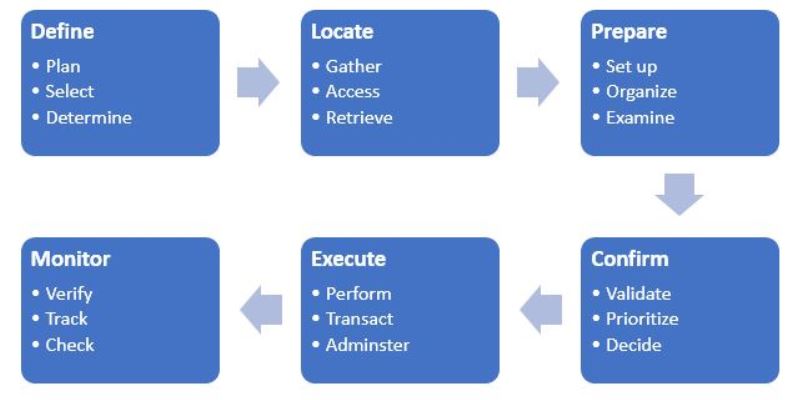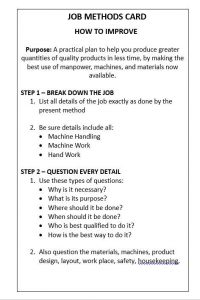I have always challenged people when making Customer Journey Maps and all those Personas that they should start by doing a few of them internally within the company. Get some feedback and try to determine how valid they are. Not so surprisingly, they consider a waste of time and hurry back to the Buyer or User Personas. My argument is always if you cannot validate them internally, how valid are the external ones?
When we think about all the different roles (roles are another area I will cover soon) of Human Resources, job descriptions, talent acquisition, and development, to name just a few; the starting point in all of this in my mind is defining the core job from the employee perspective. It is what creates the desired outcome. You may question whether a job role has only one job, most don’t. However, there is typically always a core functional job that is required for the desired role.
This idea of a core functional Job to be Done, has been around for a few years in the innovation space most widely recognized and popularized by the work of Tony Ulwick in his books, What Customers Want and Jobs To Be Done and also the work of Lance Bettencourt in his book Service Innovation. Below is an example job Map that Bettencourt used.
Many Lean People will recognize the familiarity with Training Within Industries Job Methods Card using the front of the card and Step 1 and Step 2, pictured below. But job mapping is different as I will explain in the next paragraph.
The idea of the job map is not to find out about how someone is executing a job, that in TWI language is Job Instructions, but what the employee is trying to get done at each step in order for that step to be carried out. (Example: place an order versus calling the supplier to place an order). This is somewhat difficult at first, though it seems so obvious. We are moving from thinking about what someone is doing to thinking about what is needed to get done. Think of having an action verb followed by the object of action. In JTBD terms it is called a job statement. Think of action verbs like deliver, obtain, get and provide.
This not a comparison between the two methods or any method, I am not trying to get someone to use one over the other. The point is to emphasize the need to start and define the core functional job for an employee. Once you define the core job to be done, you will find that it seldom changes. Technology may change the job to obsolete the person but unless the job is eliminated the core functional job remains the same.
If you would like a more in-depth discussion on this visit Tony Ulwick’s blog post for an overview: The Strategic Function of the Jobs-to-be-Done Needs Framework. An excerpt from the post:
As I have mentioned elsewhere, the Jobs-to-be-Done Needs Framework introduces the types of customer needs that must be considered to gain a deep understanding of what a customer is trying to accomplish. They include (i) the core functional Job-to-be-Done, (ii) the desired outcomes tied to the core functional Job-to-be-Done, (iii) related jobs, (iv) emotional and social jobs, (v) consumption chain jobs, and (vi) the buyer’s financial desired outcomes.



